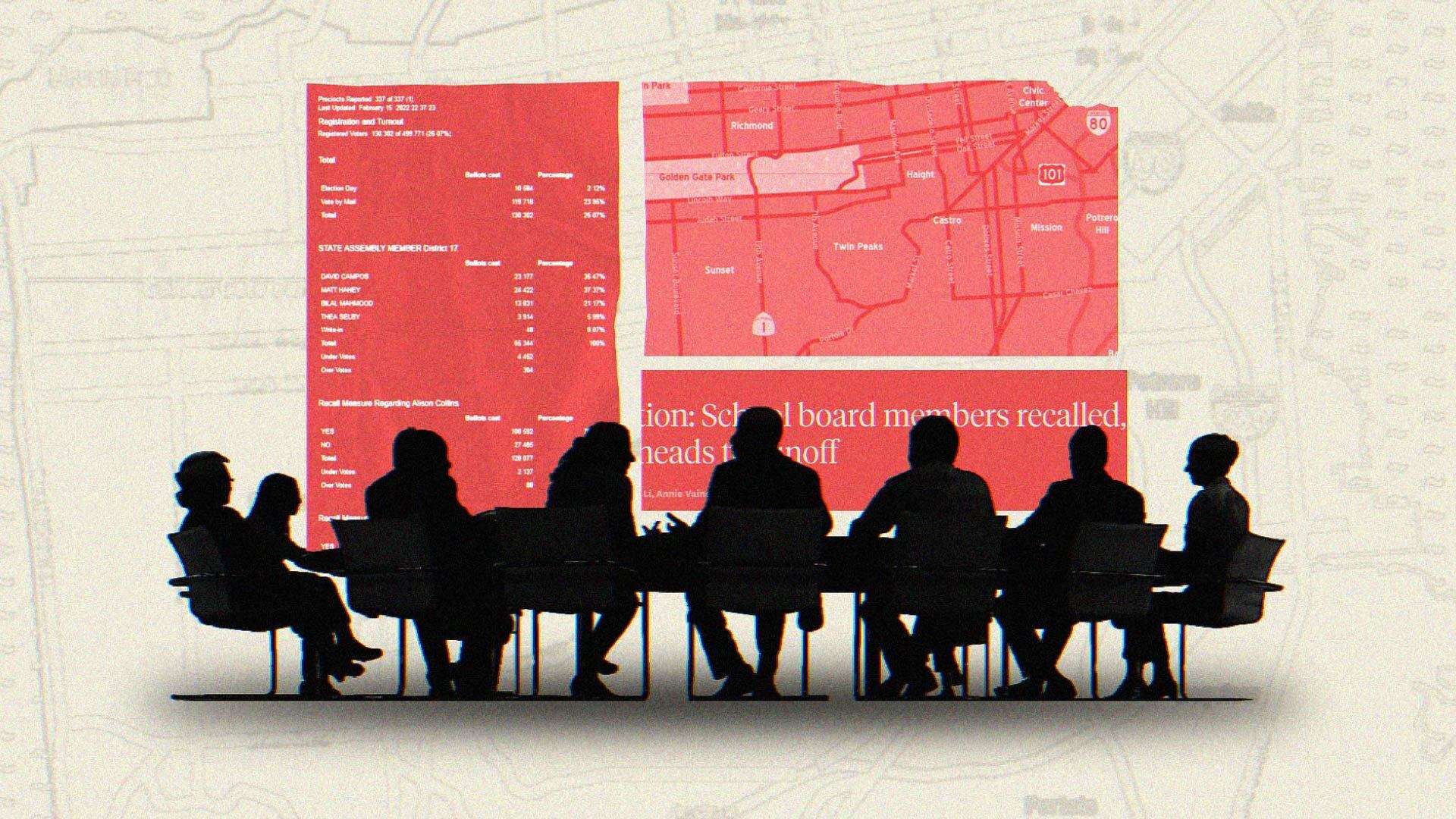Will San Francisco Shield Child-Pleasant Housing?

450 O’Farrell: Housing Excludes Kids
Chinatown and Tenderloin Group Housing Ban Needed For Kids
On February 10 the San Francisco Planning Commission considers legislation to ban new group housing in the Tenderloin and Chinatown. Group housing requires no private kitchens or bedrooms, and does not serve either community’s acute shortage of housing for families with children.
The Planning Department backs the measure. It comes at a pivotal time.
Both neighborhoods face threats from developers eager to build a type of housing that fails to meet community needs. Two recent group housing projects proposed for the Tenderloin (468 Turk and 450 O’Farrell) exposed the rising risk that the neighborhood’s scarce number of potential housing sites will be denied to families with kids.
Many families live in overcrowded units. They desperately need the larger homes that the historic construction of both Chinatown and the Tenderloin failed to provide.
Urgent Need For Kid-Friendly Homes
450 O’Farrell was alarming because the group housing replaced a community-backed market rate family housing project approved in December 2018. Many saw the sudden shift to an anti-kids housing model as a developer money grab that betrayed the neighborhood’s urgent family housing needs (“group housing” currently lacks full private kitchens and has no bedrooms).
The new 450 O’Farrell developer is already building two large group housing projects in the Tenderloin—unless stopped, the Marin developer will acquire site after site for group housing because that’s all they build.
Fortunately, the Board of Supervisors voted 11-0 in favor of the Tenderloin Housing Clinic’s appeal of the 450 O’Farrell conditional use. The Board’s unanimous rejection speaks volumes. It’s a bad project.
Yet the battle to preserve the site for kid-friendly housing is not over. Sonja Trauss’ YIMBY Law has sued the Board and THC over this project. Some Yimbys are publicly attacking D6 Supervisor Haney for opposing the anti-kids housing proposal, believing that they know better than Tenderloin residents what the community needs.
Haney has gotten more heat for voting with his constituents and as part of an unanimous 11-0 Board vote against 450 O’Farrell than on any vote during his entire tenure— sad how some so-called housing “advocates” ignore the housing needs of those living in the Tenderloin.
Group housing may pose an even greater risk in Chinatown. It needs housing for kids but its a prime market for housing designed to serve single adults working downtown. Banning group housing in Chinatown will encourage group housing in downtown and other neighborhoods where such housing serves a need; the ban is a win-win for San Francisco.
The Chinatown-Tenderloin Connection
The Tenderloin-Chinatown connection goes back over 40 years. Both are dominated by SRO hotels.
These two neighborhoods led efforts to pass the city’s historic 1981 Residential Hotel Conversion Ordinance (ie the HCO). The struggles over SROs in the early 80’s is how I got to know the housing attorney for the Asian Law Caucus, a man named Ed Lee. CCDC joined tenderloin groups in passing a strengthened HCO in 1990; the measure effectively saved SRO hotels citywide.
At THC I used to hear regularly from Chinatown and North Beach tenants about problems. After I notified CCDC founder and longtime leader Gordon Chin about problems at the Tower and Swiss American Hotels in North Beach, CCDC soon bought both properties.
That’s the type of connection the Tenderloin and Chinatown have long had. And it got stronger when Tenderloin activists pushed CCDC to come to the Tenderloin.
This happened in 1983 when developer Art Evans asked the North of Market Planning Coalition which nonprofit he should partner with for proposed family housing at 201 Turk (long the Yellow Cab Garage). We all said CCDC (TNDC was not doing development then). 201 Turk became a model for the type of kid-friendly affordable housing the Tenderloin and Chinatown both need. Nonprofits in both neighborhoods have long prioritized building new family housing—all while also acquiring affordable historic SRO hotels
A Pro-Housing Measure
Some believe that San Francisco’s housing shortage is so extreme that anything built is better than nothing. But that’s wrong. When the Tenderloin and Chinatown have ample housing for single adults and an acute shortage of housing for families with kids, using scarce land for housing that bans the latter is destructive.
That’s why activists in Chinatown and the Tenderloin urged Supervisor Aaron Peskin to sponsor a group housing ban for both neighborhoods. He and staffer Sunny Angulo have worked closely with residents in both neighborhoods in drafting the legislation and moving it forward. We want to get the ban in place before future group housing is proposed.
The San Francisco Democratic Party has endorsed the legislation. Special thanks to Peter Gallota for leading the effort to get the resolution of support approved.
The Planning Commission should approve the measure on February 10. And Board passage should follow.
This group housing ban will shift potential projects to neighborhoods where it is actually needed. And by using space in the Tenderloin and Chinatown for housing families with kids rather than single adults, the ban expands the number of people who will be housed in both neighborhoods.
Expanding kid-friendly housing in both neighborhoods via a group housing ban is the “pro-housing” position.
Randy Shaw
Randy Shaw is the Editor of Beyond Chron and the Director of San Francisco’s Tenderloin Housing Clinic, which publishes Beyond Chron. Shaw’s latest book is Generation Priced Out: Who Gets to Live in the New Urban America. He is the author of four prior books on activism, including The Activist’s Handbook: Winning Social Change in the 21st Century, and Beyond the Fields: Cesar Chavez, the UFW and the Struggle for Justice in the 21st Century. He is also the author of The Tenderloin: Sex, Crime and Resistance in the Heart of San Francisco
more posts
Filed under: San Francisco News





